Otterhound
None
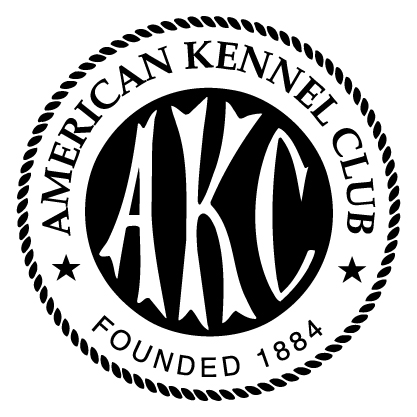 akc
akc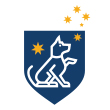 ankc
ankc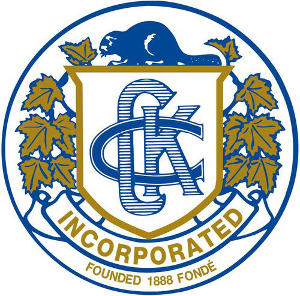 ckc
ckc fci
fci nzkc
nzkc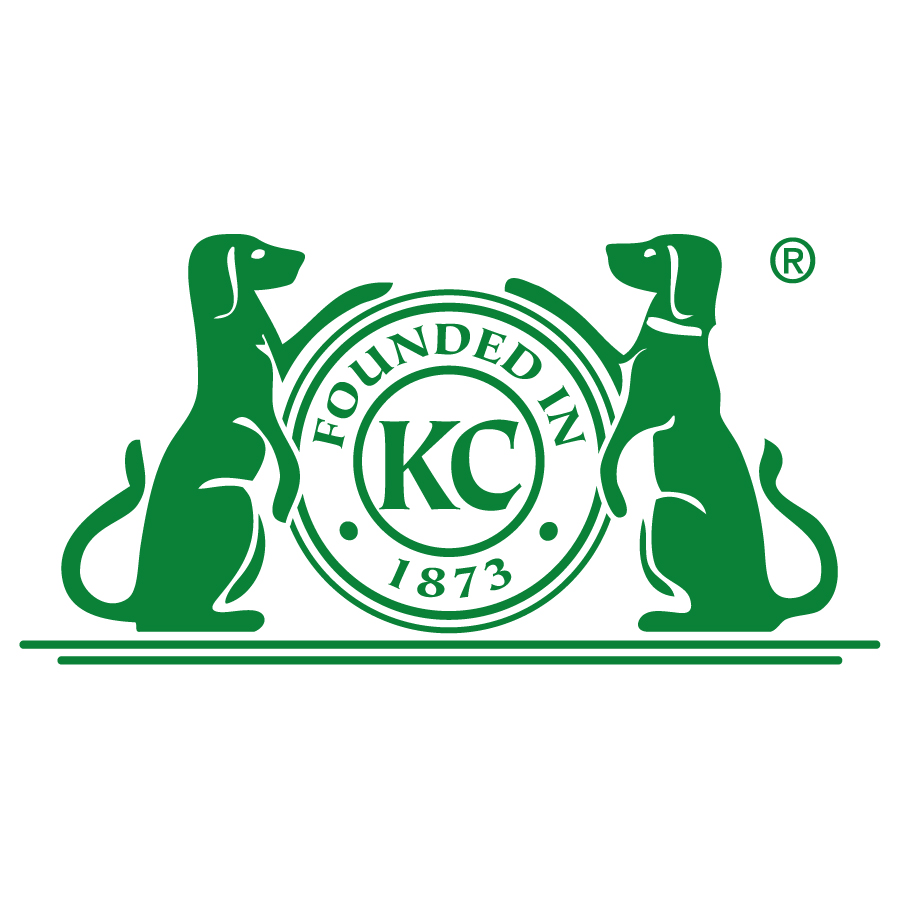 rkc
rkc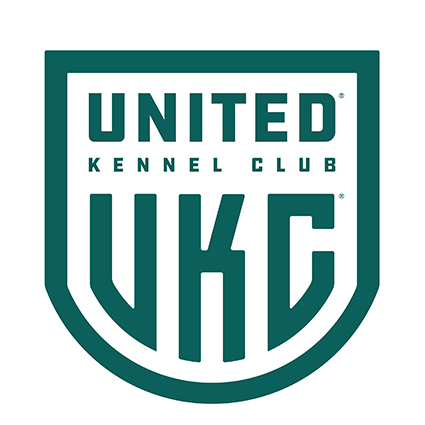 ukc
ukc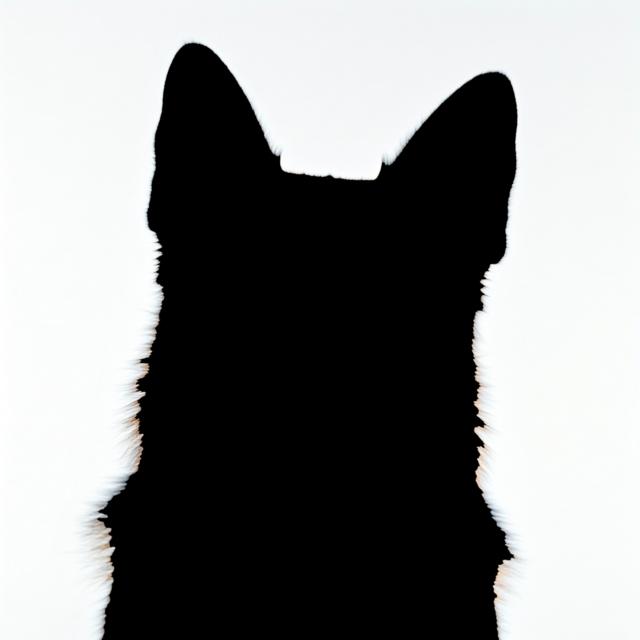
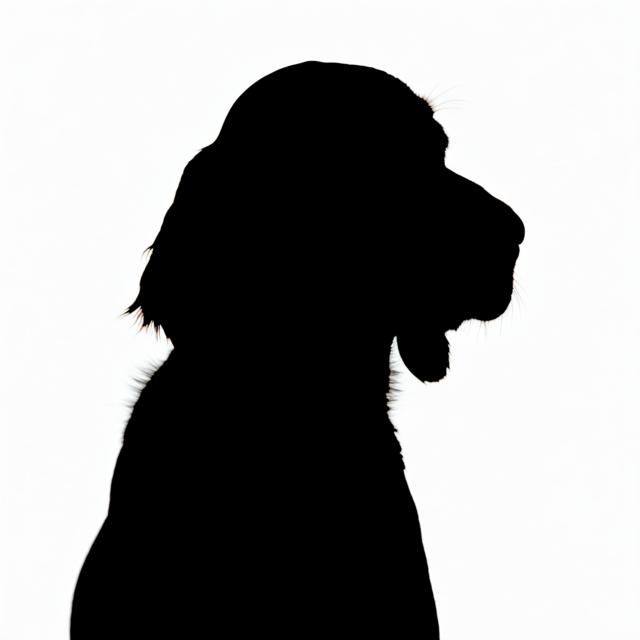
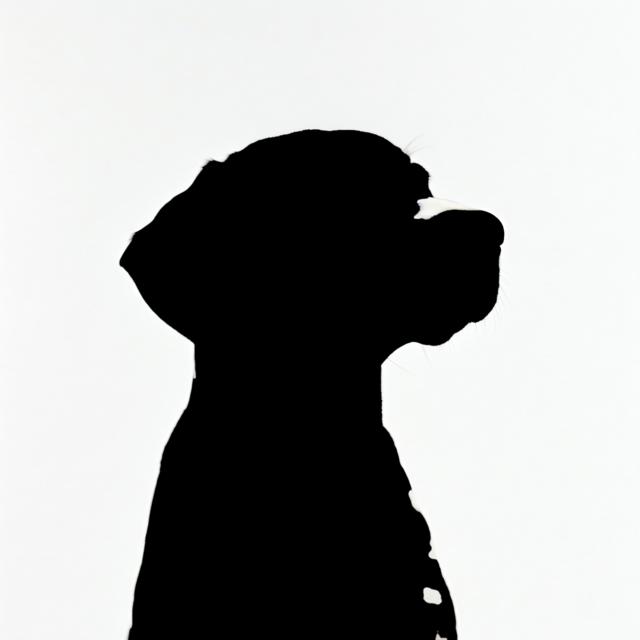
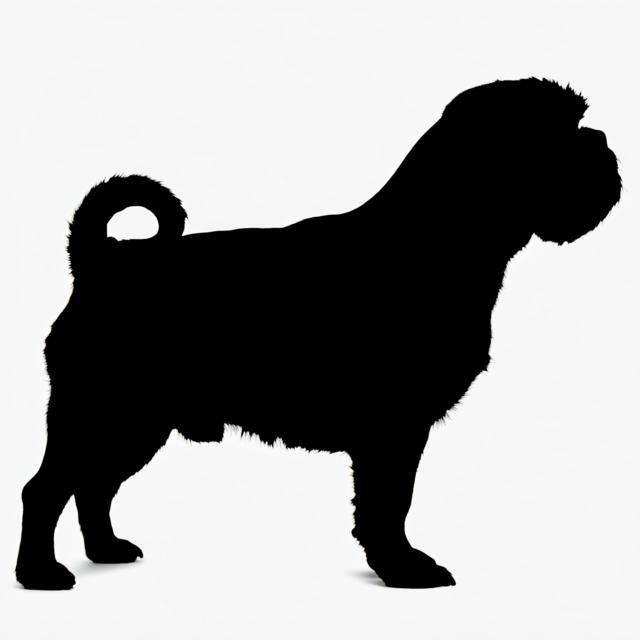
Summary
- The Otterhound is a large, shaggy hound originally bred for hunting otters, known for their friendly and boisterous temperament and distinctive baying. They require significant exercise and are adaptable companions if their needs are met, though they are prone to some health issues.
Origin and Purpose
- Developed in Great Britain to hunt otters.
- Now primarily a companion animal due to the ban on otter hunting.
Appearance
Dimensions
| Gender | Height | Weight |
|---|---|---|
| Female | 24 inches (61 cm) | 80 pounds (36 kg) |
| Male | 27 inches (69 cm) | 115 pounds (52 kg) |
Coat
| Attribute | Notes |
|---|---|
| Color |
|
| Type |
|
| Length |
|
Care
| Attribute | Notes |
|---|---|
| Shedding |
|
| Grooming |
|
| Drooling |
|
Body
| Attribute | Notes |
|---|---|
| Head |
|
| Skull |
|
| Ears |
|
| Eyes |
|
| Nose |
|
| Muzzle |
|
| Teeth |
|
| Neck |
|
| Forequarters |
|
| Fore Legs |
|
| Hindquarters |
|
| Hind Legs |
|
| Feet |
|
| Tail |
|
| Gait |
|
Temperament
- Friendly, even-tempered, and boisterous.
- Can be stubborn at times.
- Known for their melodic baying.
Social
| Attribute | Notes |
|---|---|
| Affectionate with Family |
|
| Good with Children |
|
| Good with Dogs |
|
| Good with Cats |
|
| Openness to Strangers |
|
| Playfulness Level |
|
| Protective Nature |
|
| Adaptability Level |
|
Working Roles
- Originally bred for otter hunting.
- Now primarily a companion animal.
Exercise Needs
- High; requires a good amount of daily exercise.
Health
- Prone to hip and elbow dysplasia, bloat, and epilepsy.
Additional Notes
- The Otterhound is a rare breed.
- Their unique baying is a distinctive breed characteristic.
- They are excellent swimmers.